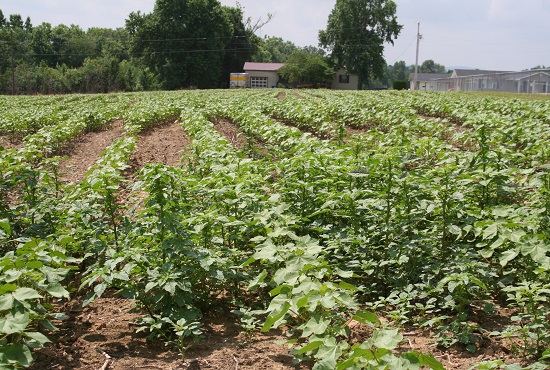A Challenging Year Ahead for the ICA and the Cotton Industry
What happened in the ICE Futures market toward the end of February and the beginning of March 2008 was so unprecedented in the history of the cotton market that it could never have been anticipated. The merchant community was hit hard by the demands of excessive margin calls implemented by the ICE exchange on March 5. The carnage that followed that fateful day was catastrophic; many merchants who had relied on a futures market for security as a hedging tool found themselves no longer having the confidence, or the resources, to continue doing so.
The result of these events is that the cotton industry has changed for the foreseeable future and, quite possibly, forever.
The result of sub-prime market failures earlier in the year was the beginning of the credit crunch around mid-September. What followed has never been witnessed in a generation: the nationalization of banks, a massive bailout by the U.S. government, a total lack of confidence to borrow within the banking system and worldwide coordinated central bank interest rate cuts. All this has resulted in a total lack of confidence in the economy and the beginning of a worldwide recession.
Just to highlight what this did to the cotton market, on March 5, 2008 the ICE December 2008 future closed at 98.45 c/lb. As of writing, it is trading around 39.00 c/lb; that’s a drop of almost 60.00 c/lb in eight months.
The Challenge for the ICA
In such an environment, it is difficult not to envisage a high degree of commercial disputes in the cotton industry.
In order to service the demands of a constantly evolving, fast-moving industry, a process is in place within the Secretariat of the ICA to ensure that any disputes under arbitration are carried out in a timely manner. This may be severely tested in the months to come, however a strong and highly dedicated Secretariat, under the very capable management of Kai Hughes, is on hand to cope with these potentially difficult conditions.
There is an option available to expedite the process of arbitration, where both Claimant and Respondent mutually agree upon one arbitrator, thereby avoiding the nomination of two arbitrators and a tribunal chairman and saving time in coming to a conclusion of a dispute. As part of our ongoing development, the Arbitration Strategy Committee is about to implement a second stage examination, whereby Arbitrators who have already passed the first exam can further enhance their professional skills.
In summing up, the ICA is an organization that is constantly revisiting its rules and procedures to ensure that it keeps abreast of an ever changing industry; its dedication to contract sanctity and impartiality are the very roots of the Association. With these commitments and principles in mind, the ICA invites the international cotton industry to follow its lead in a demanding year ahead and I would encourage anyone who is not already a member of the Association to join us in this challenge.








